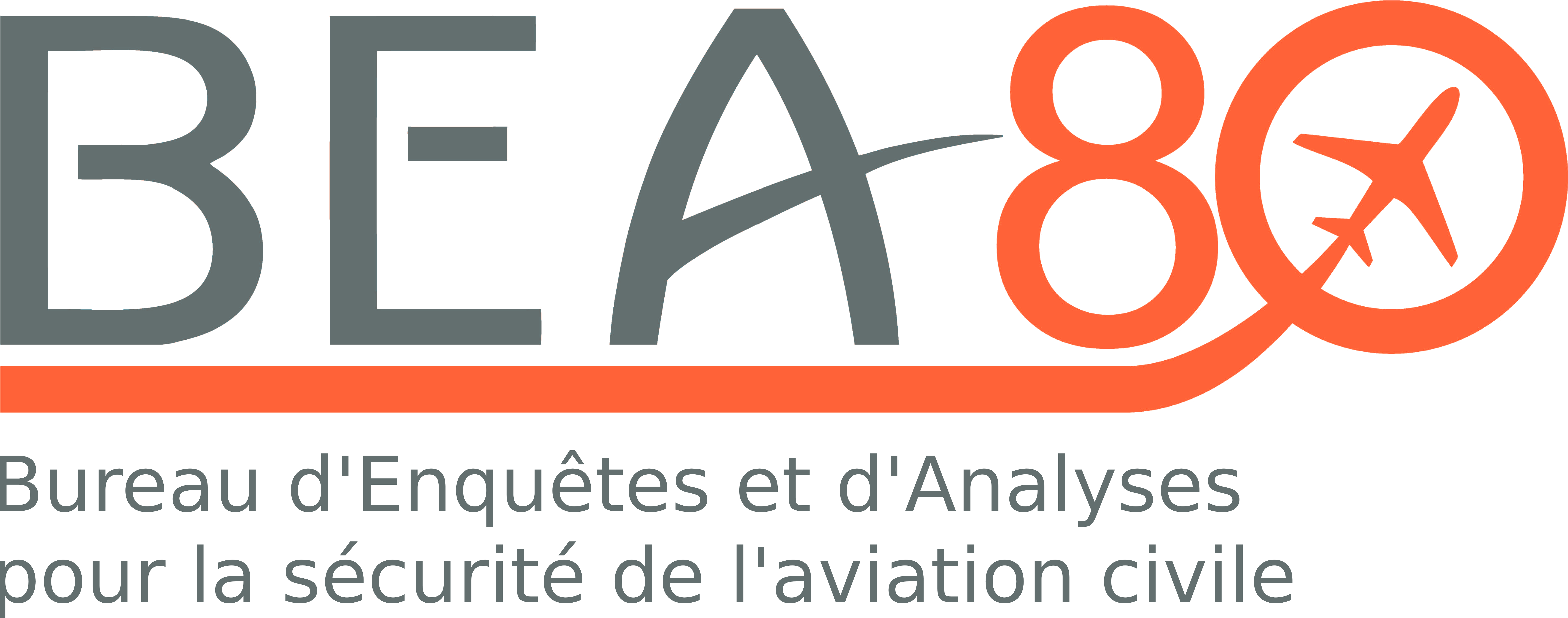Accident to the Pilatus PC-12 registered OO-PCI operated by European Aircraft Private Club on 25/02/2017 at Courchevel (Savoie)
Heurt du talus avant la piste lors de l'atterrissage sur altiport
Cat. 1 investigation report: ICAO-format report, published after a major or complex investigation.
The pilot-in-command (PIC) was carrying out a flight on a PC-12 out of Charleroi airport (Belgium) bound for Courchevel mountain airfield (France). The purpose of this flight was to transport seven passengers, co-owners of the aeroplane and their families. The aeroplane is one of a fleet of four PC-12, operated by European Aircraft Private Club, exclusively for the co-owners. For this flight, the PIC was assisted by a second pilot, called the safety pilot by the operator. One of the safety pilot’s missions was to carry out certain support tasks for the management of the flight on the PIC’s request. He did not have the PC-12 or Courchevel mountain airfield rating.
During the approach to Courchevel mountain airfield, the PIC and safety pilot carried out the visual reconnaissance of the mountain airfield and then followed the path indicated on the VAC chart. On final, the plane was configured for landing. The PIC put the aircraft into descent. Part of the final was carried out below a 5% slope and continued until wheel touchdown.
During the landing, the wheel of the left main landing gear struck the edge of a bank situated just before the runway.
The crew observed that there was a flattened area on the left wheel rim. A ferry flight with the landing gear down was carried out to the maintenance workshop. On arrival, substantial damage was observed on the left wing.
The investigation showed that the accident was due to a combination of the following factors:
- the final not being stabilized;
- an error in judgement as to the position of the plane on the approach slope on short final;
- the duration of the PIC’s training for the authorization to use the Courchevel mountain airfield, shorter than planned in the instructor’s training programme;
- the PIC’s small amount of experience since obtaining the authorization to use the mountain airfield combined with the insufficient experience of the safety pilot who did not have the type rating and had not followed the training for the use of Courchevel mountain airfield.
The BEA has addressed two safety recommendations to the DGAC concerning mountain airfield access conditions.
The BEA issues 2 safety recommendations:
- Recommendation FRAN 2020-015 / Access conditions to a mountain airfield
The BEA recommends that:
- where as the authorization to operate Courchevel mountain airfield effectively imposes pilot training requirements;
- where as a training programme defined in the regulations would mean that both the skills required to safely operate an aeroplane bound for and departing from a mountain airfield would be listed and the traceability of the training provided
would be ensured;
In its regulations, the DGAC define a training programme for authorizations to access a mountain airfield, to enable pilots to achieve the level of skills required to safely operate a plane bound for or departing from this mountain airfield.
- Recommendation FRAN 2020-016
The DGAC accompany this training programme for authorizations to access a mountain airfield:
- for the instructor or the training organisation, with an obligation to keep records of this training;
- for the pilot who has completed this training, with an obligation to possess the certification confirming completion of this training.
The recommendations are being processed
The status of the recommendations is available at SRIS2: click here
___________________________________________________________________
Note: in accordance with the provisions of Article 17.3 of Regulation No 996/2010 of the European Parliament and of the Council of 20 October 2010 on the investigation and prevention of accidents and incidents in civil aviation, a safety recommendation in no case creates a presumption of fault or liability in an accident, serious incident or incident. The recipients of safety recommendations report to the issuing authority in charge of safety investigations, on the measures taken or being studied for their implementation, as provided for in Article 18 of the aforementioned regulation.
